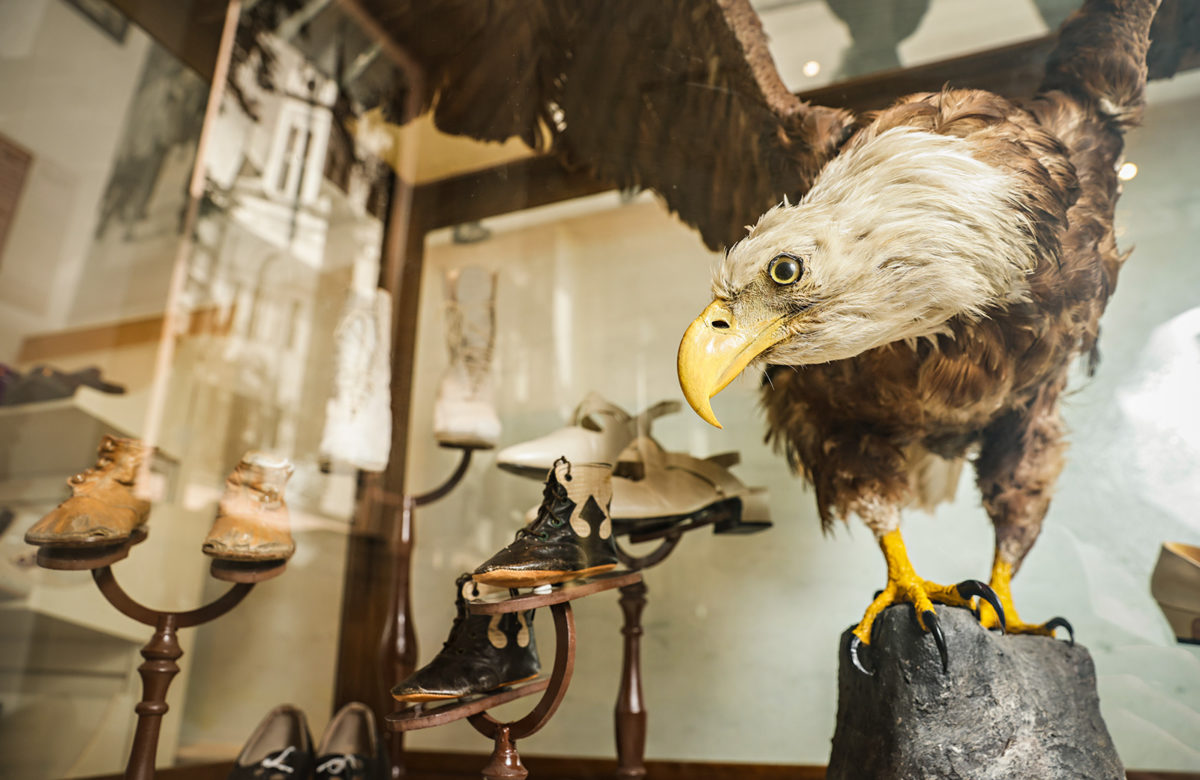Upcoming Museum Exhibit Tells Story of Kalispell from 1892 to Present
The Northwest Montana History Museum’s new exhibit “Kalispell: Montana’s Eden,” will open to the public on June 30
By Mike Kordenbrock
The Northwest Montana History Museum is putting the finishing touches on a new permanent exhibit that will detail the history of Kalispell from 1892 to present.
Called “Kalispell: Montana’s Eden,” the exhibit will open to the public with a free reception June 30 featuring “period-appropriate snacks” and what the museum has called historically inspired cocktails from Portal Spirits.
Work on the exhibit stretches back to 2020 and the museum’s Executive Director Jacob Thomas called it “probably the largest endeavor that the museum has undertaken.”
“It really kicked off when the Kalispell Chamber of Commerce donated their depot model,” Thomas continued. “That’s kind of the centerpiece of the exhibit.”
The depot model is 20 feet long and depicts the Great Northern Railway depot. Other highlights of the exhibit include the movie projector from the old Orpheum theater, the first printing press of the Daily Inter Lake, and a two-ton bell from Troy, New York that was created in 1895 and once hung in Kalispell’s original fire station.
The exhibit represents hundreds of hours of work, and more than $20,000 in spending.

“It’s our history, especially as this place is growing so quickly and expanding outside of the traditional downtown. This is a story that would be lost to everybody that’s coming in new or the next generation. You know, where Kalispell really set down its roots, which are more important than ever as it starts stretching out,” Thomas said. “With the developments now downtown, like the KM building, the Charles Hotel, which is coming, all the stuff about the old silos, and the bike path especially, this is telling that story perfectly for anybody associated with all of those things, even if you’re just standing there, walking by having a drink, the history of it all is right here.”

The name for the exhibit, “Montana’s Eden,” comes from a description in a newspaper article from New Year’s Day 1891 that detailed the arrival of the Great Northern Railway. The railroad had a strong influence on the way the town developed, both in its presence and absence. As Thomas noted, the railroad was only in Kalispell for 10 years before it moved up to Whitefish. When it was present, development was more concentrated around the Great Northern Railway depot. By the time the railroad left the city, Thomas said Kalispell had already, “by necessity,” shifted into an automobile-based community, which lead to further suburban growth.

The exhibit also includes old film footage of Kalispell daily life from 1957, as well as historic photos and antique items. As the Glacier Range Rider’s continue playing out their first season, the museum even holds reminders of Kalispell baseball teams from a bygone era. One black and white photo shows restaurant owner Ah Hay seated on steps in front of two baseball bats crossed in front of a catcher’s mask and mitt. Surrounding him are members of the Hay Café Baseball Team. Ah Hay was a member of a once large Chinese population in the city, and the exhibit includes an account of his time in the community during the early 20th century. Kalispell’s Chinese population lived primarily near Second Avenue West between Second and Third streets.
“Kalispell was almost certainly more diverse back then,” Thomas said.

The approaching debut of the new exhibit comes after the museum set a daily attendance record on June 14 with 212 visitors. Thomas said the museum has had larger daily visitation totals involving organized groups, but in terms of just organic foot traffic, June 14 was a record. Thomas didn’t have an exact number comparison, but instead said that he was able to tell a record had been broken because of the number of sign-in sheets that were filled up by the end of the day. On a good day two sheets might be filled out with names. On the record day, Thomas said they filled out four sheets.
He chalked up the busy day to a combination of factors including the tourist season and the rainy weather driving people to seek indoor activities.
